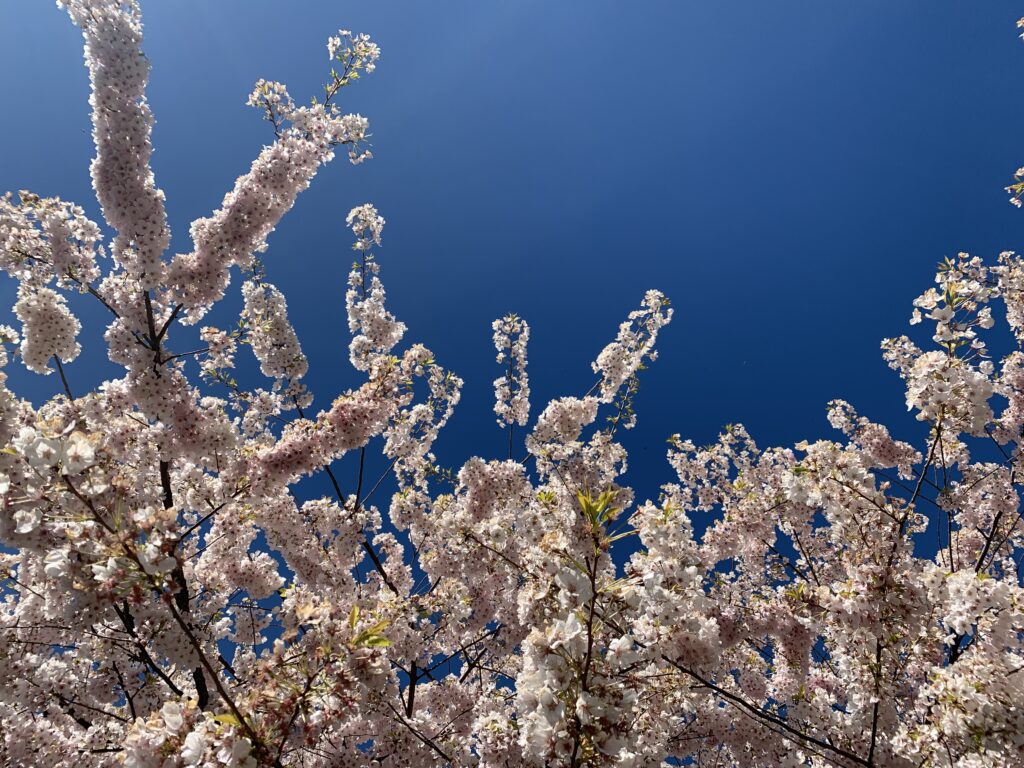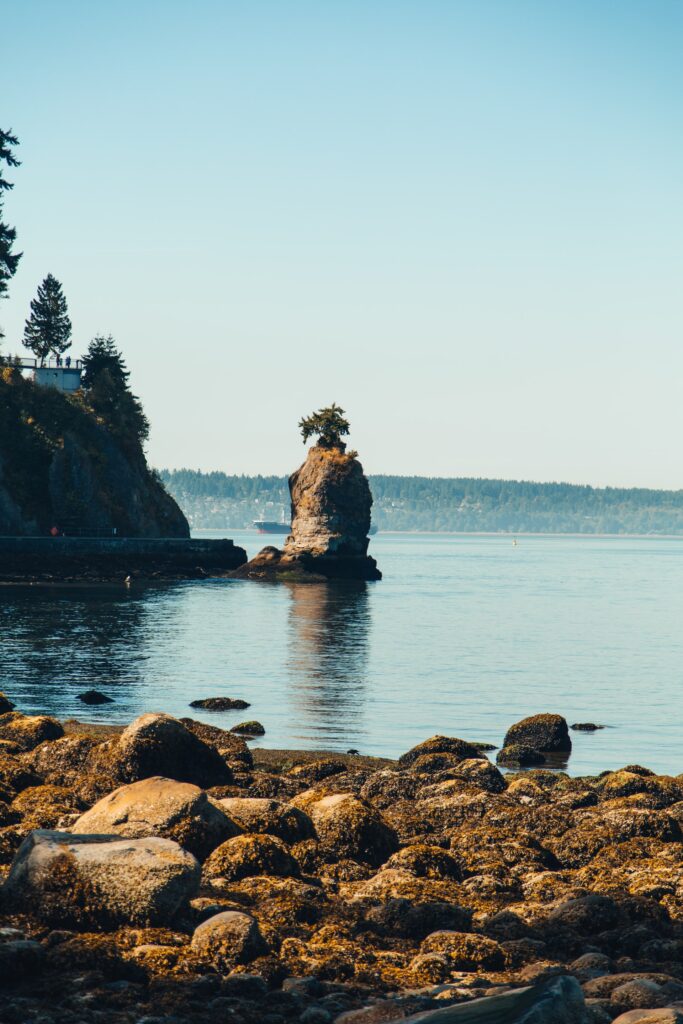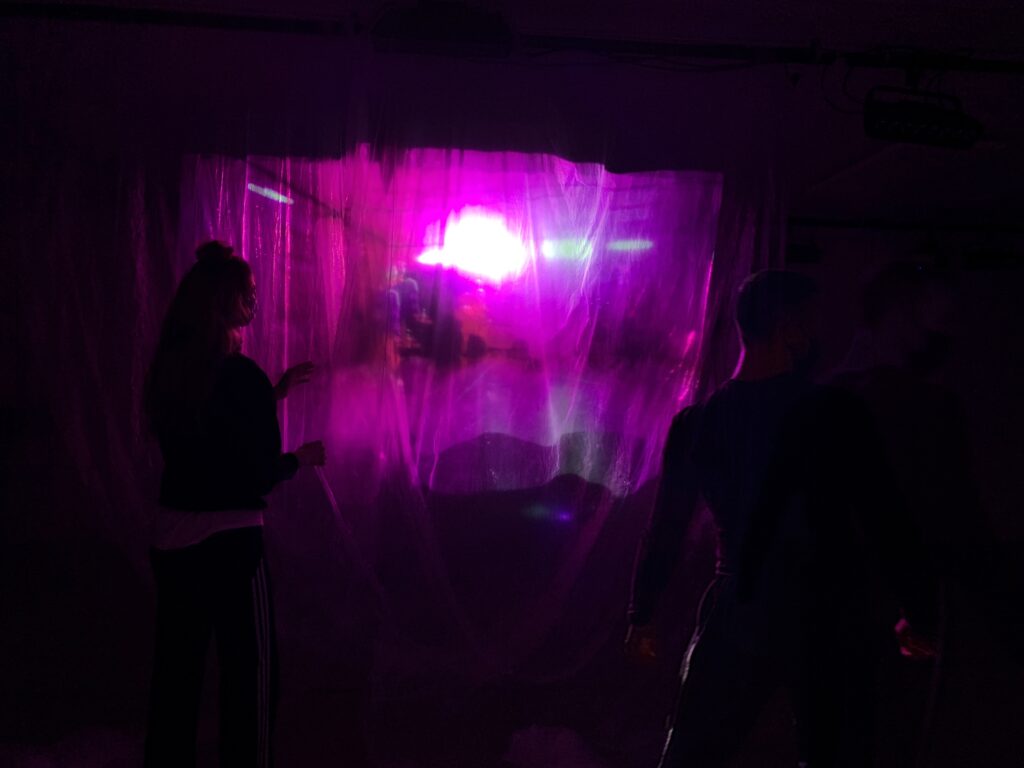What it’s really like to travel to Vancouver, Canada

Have you been considering travelling to Vancouver, British Columbia, on the west coast of Canada? In this blog post I will share what it’s really like to travel to Vancouver, from what to expect from the nature, weather, people, food, transportation and neighbourhoods.

City of Glass
When you drive into downtown Vancouver from YVR airport, you will first notice the glass skyscrapers. Although not incredibly tall or dense, together the buildings create a glassy scene, especially when their lights reflect off the water of False Creek. Because of it’s resident architecture, Vancouver even has a nickname, ‘City of Glass.’ In recent years, the downtown area has gained a few distinctive buildings such as Vancouver House, although the city overall contains many outdated buildings. For example, the West End of downtown is filled with many smaller concrete apartment buildings built in the 50’s and 60’s.

Weather
As well as the ‘City of Glass’, Vancouver has multiple nicknames relating to the weather such as ‘raincouver’, or ‘rain city’. These are pretty accurate names for the city, which is located in the Pacific North West. Year round, weather is mild, hardly ever dropping below 0 degrees Celcius, even in the middle of winter. It may lightly snow for up to a week every year, but generally you can expect rain and grey skies in all seasons.

The first flowers of spring will be seen in February, and the gorgeous pink blossoms of cherry and crab apple trees will dominate the streets in April and May. From April onwards, sporadic heat waves and dry spells can occur, and July and August are usually pleasantly warm and sunny. In June 2021, Vancouver experienced some rare extreme heat with highs of 39 degrees! Yes, you may still be able to get a sun tan on a Vancouver beach in the summer!
Because of the plethora of outdoor activities easily available in Vancouver, the best time to visit is during July and August. However, if you don’t mind sporadic rain showers, own some good gear, and want to be active no matter what, come to Vancouver any time of the year.
Getting Around
Vancouver has amazing public transit. From skytrains, electric bus, sea bus, water taxi, Evo car share and most recently, Uber and Lyft, you will have no issue getting around without a vehicle. There are many transit accessible hikes, parks, beaches and tourist sites within the city. Use Google Maps to plan your route. The YVR airport is connected with the skytrain system, so you can easily get anywhere in Vancouver for a very low cost.
If you do decide to drive your own vehicle, know that parking downtown is often scarce and pricey. Despite having relatively few drivers on the streets of Vancouver, the city has a reputation for poor driving. You can often see local dash cam footage go viral, where drivers seem to have forgotten the rules of the road, such as this driver who took a scenic cruise on the pedestrian and cyclist seawall in April 2021.
Vancouver’s Beaches
One of the unique things about Vancouver is that the city is surrounded by beaches. Downtown Vancouver boasts many sandy beaches along English Bay that come alive in the summer evenings. These include Sunset, First, Second, and Third beaches. If you’d like a quieter experience, Jericho and Spanish Banks are great choices to spend an afternoon throwing a frisbee, having some drinks or catching a suntan. If you’d like to bare it all, head to Wreck Beach, a clothing-optional spot located within the University of British Columbia campus. For a wilder, rockier option head over the bridge to West Vancouver and check out Ambleside park or further down, Lighthouse park, which is one of the best transit accessible hikes in Vancouver.

Mountains
When you travel to Vancouver, brace yourself to see gorgeous mountain peeks around every corner. Always resting on the periphery, they make for beautiful photos, and even better hiking destinations! A drive out to Squamish or Whistler will satisfy your mountain cravings. You may not realize how much you love the constant presence of the blue mountains until you depart Vancouver – they’re unlike anywhere else in the world. If you enjoy hiking there are many hikes that are transit accessible or within an hour’s drive from the downtown core.

Food Diversity
If you’re a foodie, you’ll love Vancouver. Arguably the most diverse food scene in Canada, you will find a plethora of options, with Vietnamese, Mexican, and Japanese being the standout cuisines. Certain areas of the city will have dominant cuisines based off of the local people’s tastes and cultures. Burnaby Heights area has many mouth watering Vietnamese restaurants, with Pho Mr. Do being a personal favourite.
In the last year, downtown Vancouver has added many Latin American food spots, with my favourites listed below.
- Cardero Cafe has two locations. Their dulce de leche macchiato is to die for. I think I ordered it twice a week for a month! They also have small grocery items from Mexico, Brazil, Colombia and many other countries.
- Brunch opened in the midst of the pandemic. I visited their adorable restaurant and was pleasantly surprised. They were empty at that time, but had awesome customer service and delicious Mexican-Canadian food. In the following months, I returned many times and could see how popular they had become, with people lining up out the door to get a table inside. The fresh squeezed orange juice, enfrijolates and bubbly staff will have you returning again and again.
- Las Margaritas is located just outside of downtown in the beachey area of Kitsilano. Make a reservation, as this mainstay restaurant is always bustling. The vegetarian enchilada will leave you smiling, as will the classic margaritas!
Another interesting find is Disco Cheetah located downtown on Davie street. This Korean fusion take out restaurant started as a food truck. It’s fast, filling and full of delicious flavour combinations. Even when the spot is slammed with beach goer’s grabbing picnic food, the staff are always friendly. The Van Tofu rice bowl is a staple due to the mouth watering flavour of spicy Korean gochujang sauce. The Korean Fried Chicken bowl is also a repeat purchase!
Active Lifestyle in Vancouver
No other city (that I’ve experienced so far) has people who love to run, cycle, walk, hike, or do yoga as much as Vancouverites do. Despite the rain throughout the year, people on the West Coast of BC continue to enjoy outdoor adventures and fitness activities – the health and fitness culture here is incredible. You will see joggers of all speeds enjoying the seawall, sidewalks, and park trails at all times of day. It is not out of place to see people working out in public parks through boxing, jump rope, yoga and group fitness classes. Bring your stretchy pants and comfiest sneakers and get moving in the city!

Stanley Park

If you’re a tourist in Vancouver, you must have heard of Stanley Park. The large parklands occupy half of the downtown core. There are many trails for walking, running and cycling through the forest, but the park is well known for the seawall. This is a paved walking and cycling trail that loops the perimeter of the park and offers beautiful views of the surrounding area. My favourite way to see the park is to run the seawall, which totals about 12 kilometres. You will run right beside the picturesque Siwash Rock which is always a beautiful view. You may also drive through the park and stop off at Prospect Point, which boasts stunning views of the Lions Gate Bridge, Burrard Inlet and the North Shore of Vancouver.
People of Vancouver
If you spend much time in Vancouver, you may hear a common complaint: It’s hard to make friends, and people are unfriendly. Being a port city, much of Vancouver is transient. People come and go often, whether for school, work or other reasons. Many residents of the city were not born in Vancouver, but moved here at a later stage in their life.
Before the COVID-19 pandemic, Vancouver had a quiet nightlife scene. As of writing this post, restrictions are still in place, meaning the nightlife is virtually nonexistent. Bars and pubs are open for groups of six or less, with the last call for alcohol called at 10pm.
The best way to meet people (besides through apps, possibly) is to be open, respectful and friendly to people you encounter. People can be seen outside on the streets, at cafes and at the beaches, especially when the weather is agreeable.
Because Vancouver is so multi-cultural, it is very tolerant and accepting of differences. Although racism can exist anywhere, there are people from all cultural backgrounds and gender identities living and breathing in the city. Some areas are openly more accepting, such as along Davie street. This street is a lively, fun area located downtown that marks the LGBTQ+ home of Vancouver. You will often see businesses displaying rainbow flag decals in their windows and drag queens heading to perform at local bars and diners.
The Arts Scene
In Vancouver, there are countless independently run galleries, venues and performances featuring emerging and established artists excited to share their work.
As a dancer, I know the dance community of Vancouver well. However, I also have awareness of the visual art and music scenes of Vancity. There are multiple higher education schools and programs in the city that pump out creative students every year. Various locally produced events will always be happening (although during the pandemic, events may be virtual or outdoor) such as dance performances, art gallery shows, concerts, and film screenings. Much of the art produced in Vancouver is born out of a do it yourself model, with artists working from scarcity. Because it is expensive to live in the city, the art being self produced is clearly made with love and commitment.
If you’d like to take dance classes while visiting, Harbour Dance Centre and The Dance Centre are the best places for drop in classes of all styles and skill levels.

There are many art galleries in the city, with the Vancouver Art Gallery being perhaps the most expansive. Smaller independent galleries to check out include Headline Gallery, a new, female-run spot on Granville street, or Centre A, a contemporary art spot focused on Asian artists.
The Mural Festival happens every year, with murals popping up all over the city. Take a walk through the Mount Pleasant area, the birthplace of the festival, to see the most murals within one neighbourhood.
Live venues to keep on your radar to see concerts at while visiting Vancouver include the Malkin Bowl in Stanley Park, and The Vogue Theatre downtown.
To catch experimental or unique films, look to The Cinemateque, which is always screening new and old niche films.
Distinctive Neighbourhoods
Visiting Vancouver can be very interesting if you take into account the distinctive neighbourhoods throughout the city. Travel between them to experience their unique quirks!
Mount Pleasant
As mentioned above, Mount Pleasant has gorgeous murals across storefronts and allies. This hipster neighbourhood has great shopping and coffee shops. Before the pandemic, Mount Pleasant was a great place for stand up comedy and nightclubs.
Gastown
Gastown has historical architecture including cobble stone streets and the steam clock, which is a hot spot for tourists. Beware of expensive prices in the souvenir shops, breweries and restaurants in this area. Climb the stairs near the Waterfront station for a beautiful view of Vancouver Harbour.
East Vancouver
The borders of East Vancouver are often contested, but most will agree that Commercial Drive is the centre of the area. Walk up and down this street and enjoy the Italian influence through gelato, pasta and butcher shops. The Rio Theatre is a must see. The area has a bit of a grunge feeling, but people who move to East Van never seem to want to live anywhere else in the city.
Kitsilano
Kitsilano is a beautiful area to shop and see the beaches outside of downtown. It has roots in the hippie movement of the 1960’s and 70’s which have influenced what it is today. You will see many young families and active individuals on the streets of Kits, which is also the birthplace of world renowned brand Lululemon. As you head west, the streets become steep and can feel similar to those of San Fransisco, California.
West End
The West End is the best end! This downtown area is largely residential, but includes the beaches and Stanley Park. Rent, groceries and services are slightly cheaper and people are generally friendlier in the West End than in Yaletown. The two areas are divided by Burrard street which connects to Burrard bridge.
DTES
Have you heard of the Downtown Eastside, or DTES? This is a small neighbourhood located downtown near Gastown and Chinatown. It is the area where most of the homless population are located, although since the pandemic you can find homless people in every neighbourhood of Vancouver. DTES is generally avoided as a tourist, and sometimes even as a local. There is open drug use, prostitution and mental illness. It would be a good idea to avoid this area if you’re visiting with a family.
The issues faced by residents of the DTES are complex, and can be traced back to the year 2012 when the large Riverview Hospital was closed, leaving many people without housing, rehab, and mental and psychiatric resources. At the same time and earlier, doctors across North America were prescribing opioids more frequently to their patients. This caused what’s known as the opioid crisis not only within Vancouver, but many cities across the world. At this time, many people in vulnerable situations became drug addicted and homeless. Throughout the pandemic, more people than ever before were faced with financial hardship and increased loneliness and mental health issues. Add this to the influx of highly addictive and dangerous fentanyl into the Canadian drug market and it’s easy to see why so many more people have joined the streets.
I give this glimpse into the history and current situation of the DTES (and elsewhere) as a means to try to understand and search for solutions. For more information, check out these great organizations working in the DTES.
Visit Vancouver
Whether you’re looking for adventure, relaxation or just to experience life from another person’s perspective, Vancouver has lots to offer. Come prepared for rain, ramen and riding bicycles. But most of all, enjoy your trip! For hotel and accommodation suggestions, follow this link to Booking.com.


One Comment